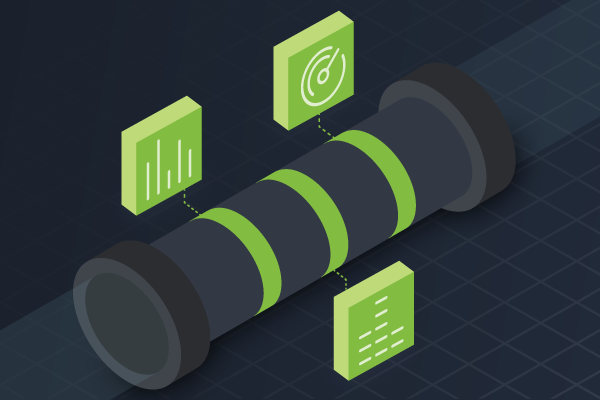When testing the performance of a native Android or iOS app, choosing the right set of devices is critical to maximizing your chances of success. Differences in OS, screen size, screen density, and hardware can all affect how an app behaves and impact the user experience. In order to ship new updates of your app with confidence, you should efficiently analyze app performance during development to identify issues before they reach the end-users. This post will discuss what the best approach is to using emulators vs real devices for mobile performance analysis.
Mobile Performance on Emulators/Simulators
Emulators are often free and easy to install. They can be useful for testing development processes, but they don’t always do a thorough job of testing app performance. Here are five key reasons why using emulators isn’t the best approach for testing native app performance:
- Emulators or simulators run on a computer emulating devices like mobile phones as software on a completely different hardware. Measurements of user experience and real world performance evaluation on computer-run emulators are nearly useless.
- Official Android emulators emulate a set of devices in a determinate operating system, but real brands have their own Android implementations and they behave differently.
- Some apps don’t work on emulators due to various reasons, like security restrictions, debug modes, or architectural incompatibility.
- Most emulators provide support only for general software stack. Common services like Google aren’t supported, which is required by many apps.
- App users don’t run apps on emulators—they run them on real devices. You want to test your app on the same devices that users interact with in order to have accurate measurements. Remember: “0% of your customers run your app in emulators”.
Mobile Performance on Real Devices
Testing on real devices is much more likely to produce the kind of results you need to launch a successful app and ship new updates with confidence. However, there are some issues that should be addressed.
- Depending on your market, you might have to test on dozens of real devices and buy new ones on a regular basis in order to keep completely current. Buying many devices – including the latest ones as they are released – could be costly.
- It takes time to use many different devices. Starting them up, opening an app, running it, plugging in the device to charge it up, storing it properly with the power cords nearby and accessible can all be difficult activities to maintain and eat up time.
- Of course, you could borrow devices for testing if you know people who have them, but that requires some coordination and time. Additionally, if you break a device that is on loan, you would most likely have to pay for the repair or replacement cost.
The solution to these problems is to use cloud device labs – there are many available in the market today. Cloud device labs allow you to connect to a variety of physical devices. Apptim connects to AWS Device Farm, where you can choose from 100+ real devices and test on several devices simultaneously. You can try this option as part of a free 14-day trial of our Standard plan.
Why Effective Mobile Performance Testing is Critically Important
Performance results could be misleading if you test in ways that aren’t productive. Inaccurate results mean your app will not be ready for launch because it may have too many issues or errors. A faulty app will fail with real users, and all the money and effort you put into it will be wasted.
If an app is launched to the public with performance issues, users will quickly stop using it and any negative online reviews will most likely torpedo its success. Keep in mind there are so many devices to test for today with a range of operating systems that an emulator may not be enough. Emulators are useful for benchmarking different app versions or testing against competitors because you’d want to keep the testing environment as similar as possible. Outside of that, testing app performance on real devices is the best way to get accurate results for user experience on mobile.
Mobile apps are projected to generate more than 935 billion U.S. dollars by 2023 with 1.5 billion phones sold in 2019 alone. In today’s world, anyone with an idea and no prior technical knowledge can create an app with no-code or low-code tools. Because the stakes are very high, the market is already crowded. The only way to stand out from the pack is to launch apps with the highest quality performance and user experience.
If you’re basing your entire business on a mobile-first digital strategy, your app is too important to be trusted with an ineffective quality engineering process.
Consider adding performance tests on real devices early on in your app development process. Benchmark different app versions with a solution like Apptim that supports both real devices and emulators. You can get started for free by signing up here.




Leave a Reply